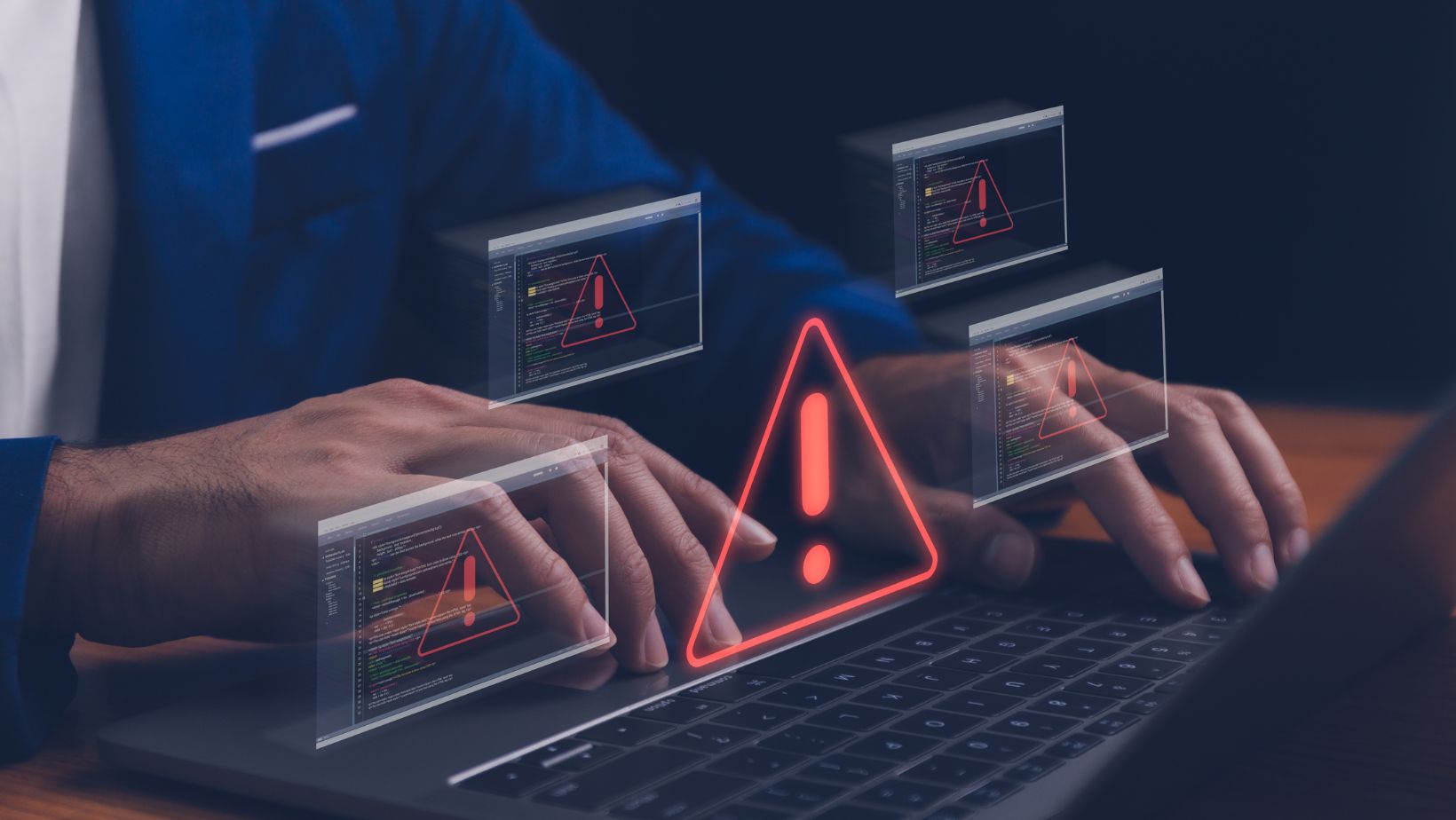Blog
With over 16 years of combined experience, A1 DATASHRED is the most professional, cost-effective and trusted shredding company.

10 Common Ways Companies Leak Confidential Information
Protecting confidential information has never been more important for businesses. Rising cyber threats and data breaches have put companies on high alert, costing millions in fines and reputational damage. However, not all information leaks stem from sophisticated cyberattacks. Many organizations unintentionally expose sensitive data through overlooked mistakes.
This blog will explore ten surprising yet common ways companies leak confidential information and provide actionable solutions to prevent these issues. If you’re a business professional or manager looking to strengthen your organization’s data security, this guide is tailored for you.
Common Ways Companies Leak Confidential Information
1. Improper Disposal of Documents
Throwing away sensitive papers, such as invoices or HR documents, in regular trash or recycling bins may seem harmless. The reality? Dumpster divers or unauthorized individuals can access these discarded papers, exposing confidential details like client data or financial records.
How to fix it:
- Implement a shred-all policy where every paper document is shredded before disposal.
- Partner with a secure shredding service like A1 DATASHRED to ensure proper document destruction.
2. Unsecured Printing Stations
Many businesses rely on shared printing areas, but leaving sensitive documents like payroll information or legal contracts unattended can lead to unauthorized access. It only takes a moment for these papers to get into the wrong hands.
How to fix it:
- Use secure print features requiring a user’s PIN or employee badge to release documents.
- Encourage a rule where employees must collect documents immediately after printing.
3. Unlocked Filing Cabinets or Storage Rooms
Filing cabinets and storage areas often contain old contracts, tax records, or client information and can be a goldmine for malicious actors. Leaving these areas unlocked is an invitation for data leaks.
How to fix it:
- Equip storage rooms or filing cabinets with locks and restrict access to authorized personnel.
- Regularly audit which files need to be stored and securely destroy those no longer required.
4. Using Personal Email or Devices for Work
Employees working on personal emails or devices bypass organizational security protocols, increasing the risk of exposing sensitive business data. These devices often lack encryption or malware protection.
How to fix it:
- Provide employees with secure, company-approved devices and email systems.
5. Neglecting to Shred Old Hard Drives or USBs
Did you know deleting files from hard drives or USBs doesn’t actually erase them? Data can often be recovered using basic software, turning old electronics into a major security risk.
How to fix it:
- Partner with a secure media disposal service to safely destroy redundant hard drives and protect your business.
6. Lack of Employee Training on Data Security
Untrained employees are often an organization’s weakest link when it comes to data security. From falling for phishing scams to mishandling sensitive files, these mistakes can have significant consequences.
How to fix it:
- Schedule regular cybersecurity training that includes phishing simulations and secure document handling practices.
- Educate employees about recognizing red flags in communication and enacting proper protocols.
7. Sharing Sensitive Info Over Unencrypted Channels
Sending confidential information, such as financial details or passwords, over unsecured email or messaging tools is an open door for hackers. Hackers can intercept unencrypted communications easily.
How to fix it:
- Utilize encrypted communication platforms or tools for sensitive information exchanges.
- Set up a company-wide secure file-sharing solution, such as OneDrive or Dropbox with enhanced permissions.
8. Overexposure Through Cloud Sharing or Permissions
Cloud platforms are convenient but pose risks if permissions are poorly managed. Incorrect oversight may make critical files public, compromising your data security.
How to fix it:
- Regularly audit cloud-sharing permissions to ensure the right people have access.
- Set expiration dates for shared links and ensure files are shared with minimum access privileges.
9. Leaving Sensitive Information Visible
It’s easy to overlook sensitive documents lying on desks, private info on whiteboards, or passwords scribbled on sticky notes. These small oversights can add up to critical breaches.
How to fix it:
- Enforce a “clean desk” policy to ensure workspaces are free from sensitive materials at the end of the day.
- Use password managers to securely store and manage login information.
10. Outdated Document Retention Policies
Storing records beyond their required retention period increases the risk of them falling into the wrong hands. Over time, these old documents often go unnoticed, making them vulnerable.
How to fix it:
- Create and enforce a clear document retention policy that complies with your industry’s regulations.
- Use secure shredding services to regularly dispose of outdated records that no longer serve a purpose.
Protect Your Data Today
Protecting confidential information isn’t solely about adopting the latest technologies. Often, it’s the overlooked human errors and outdated practices that lead to breaches. By addressing the issues outlined above, companies can safeguard their data and maintain trust with clients, partners, and employees.
Start by conducting a comprehensive audit of your data security practices. Evaluate which areas need improvement and take steps to close those gaps.
To make this process easier, reach out to A1 DATASHRED for reliable, secure document and media destruction.
July 2, 2025


